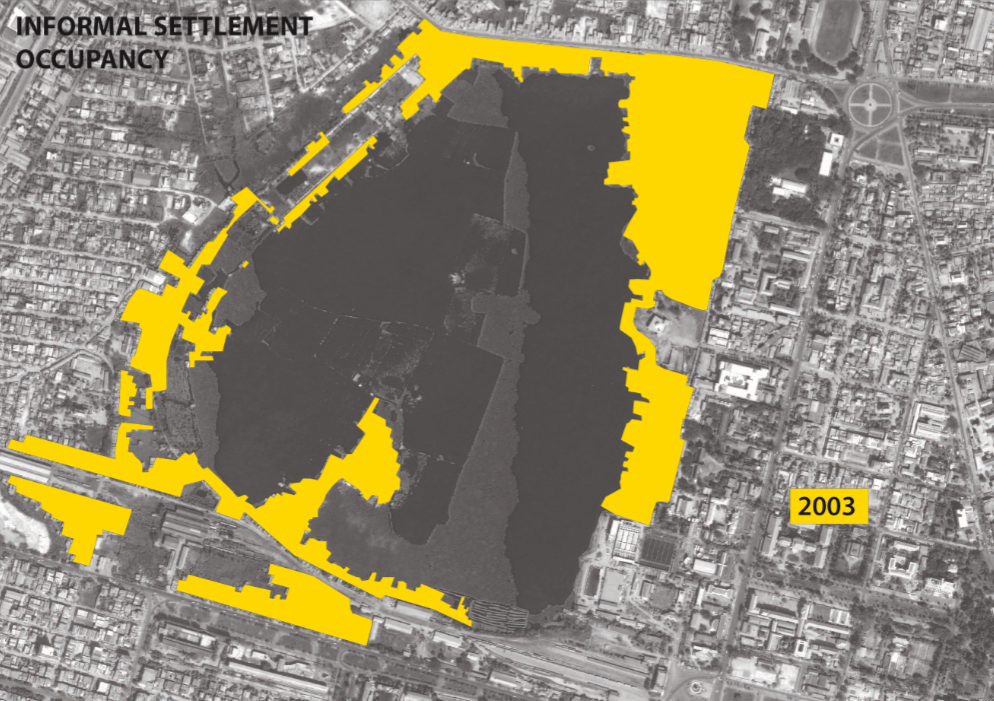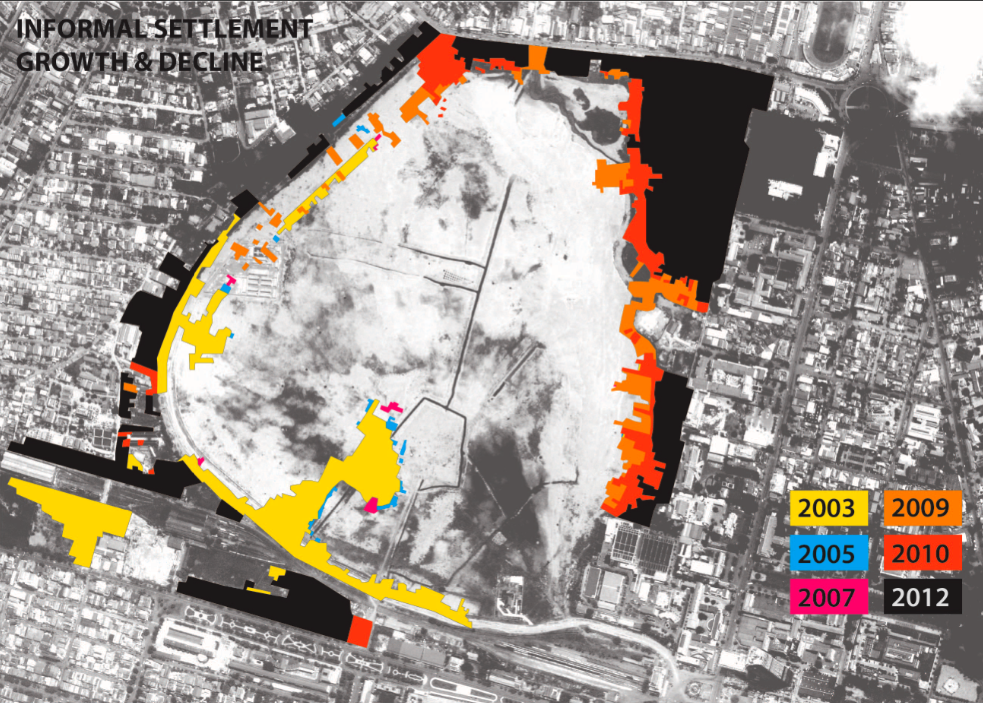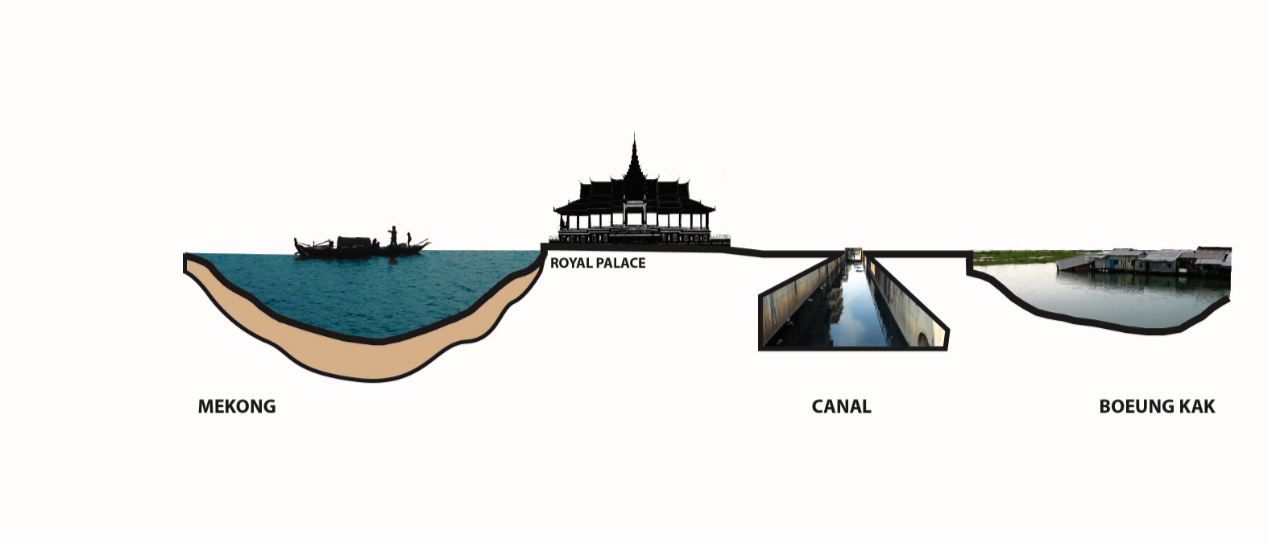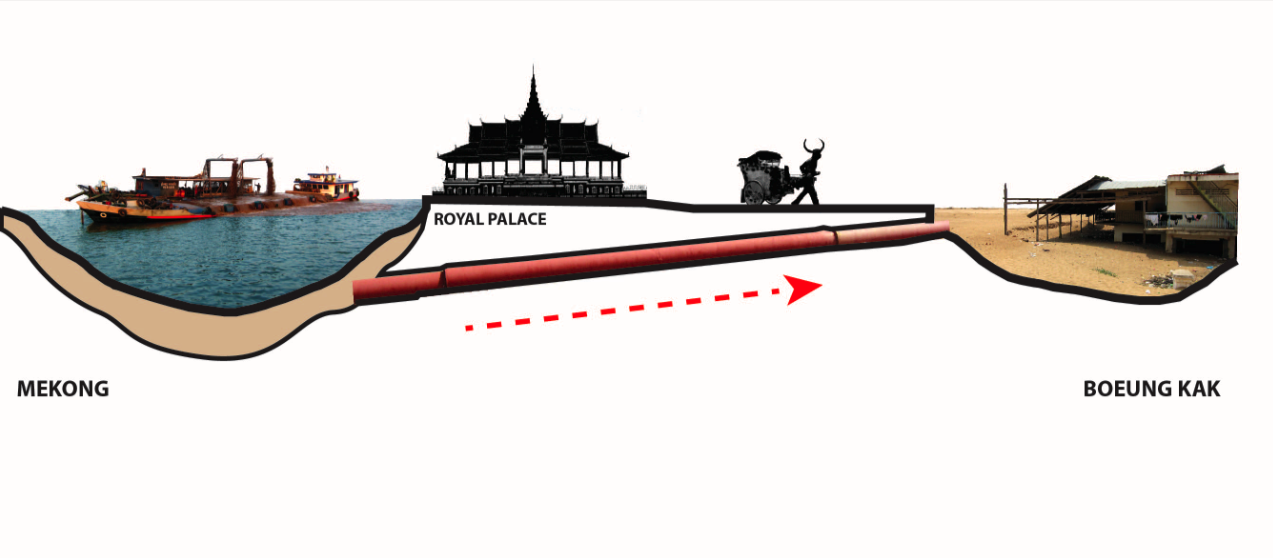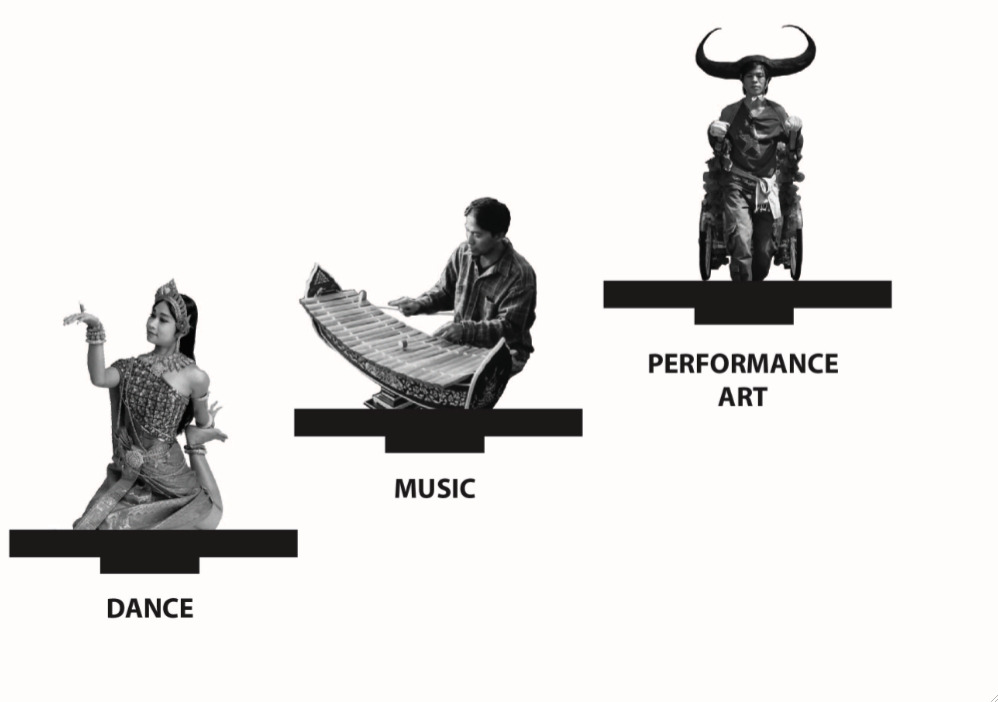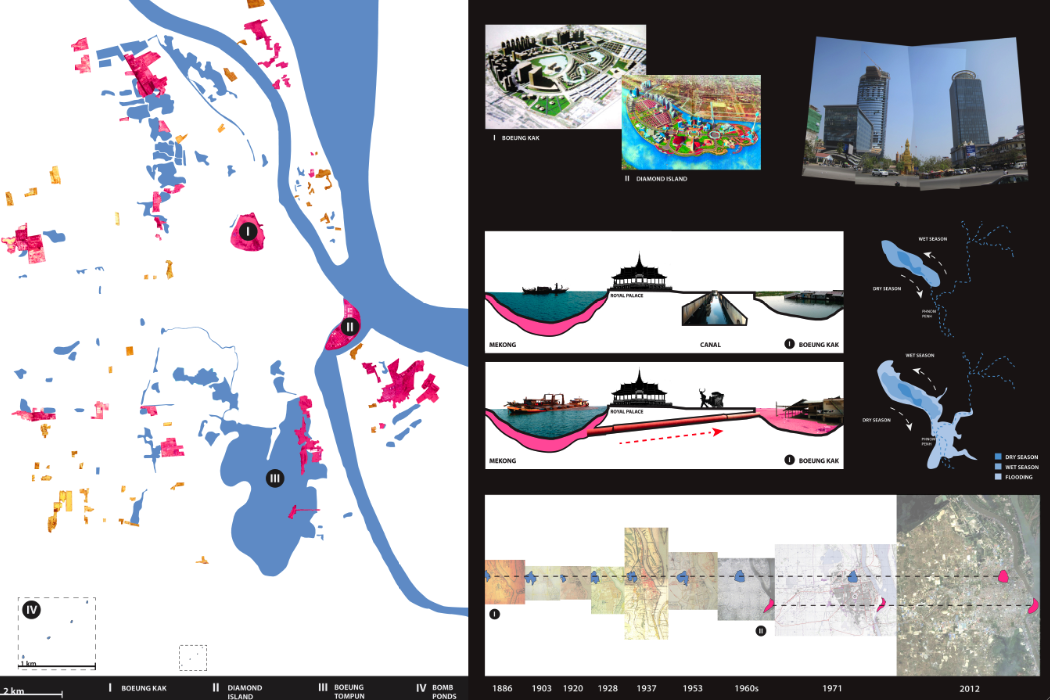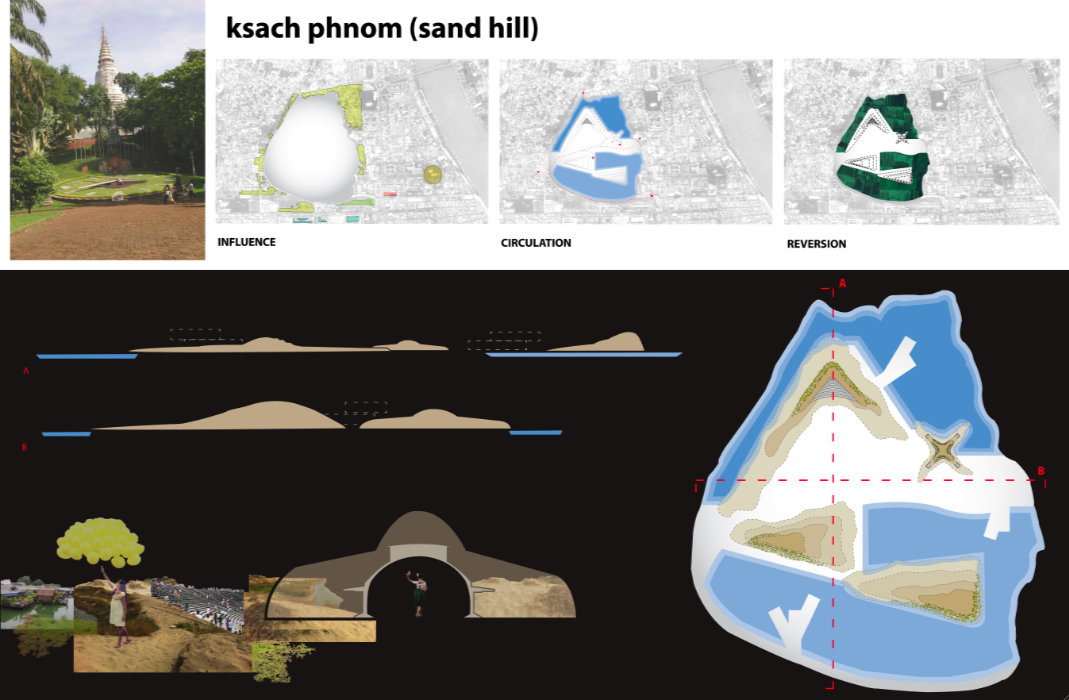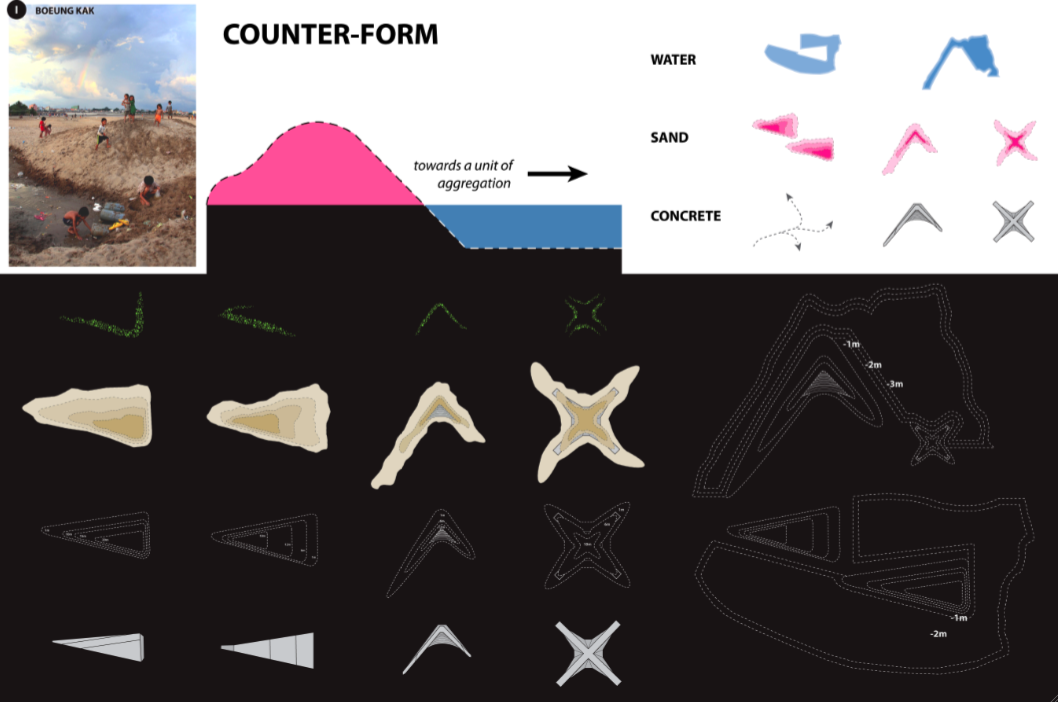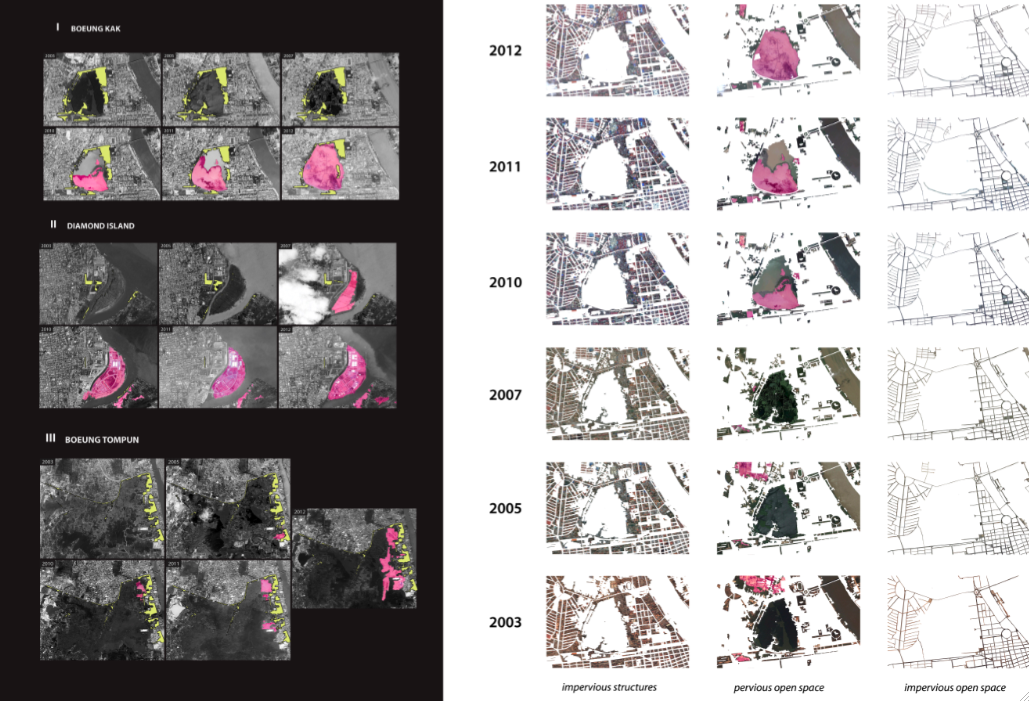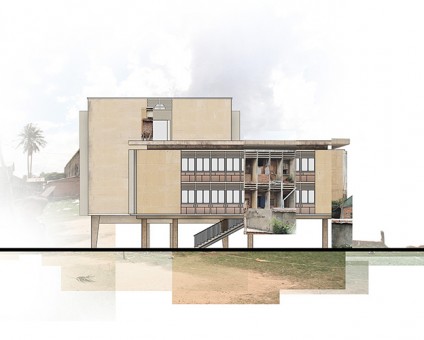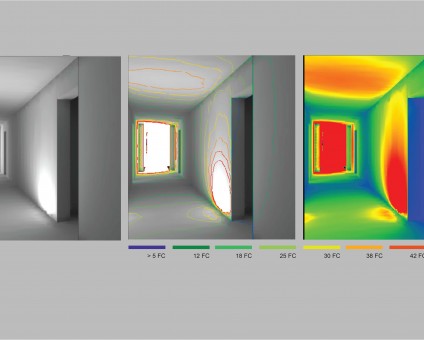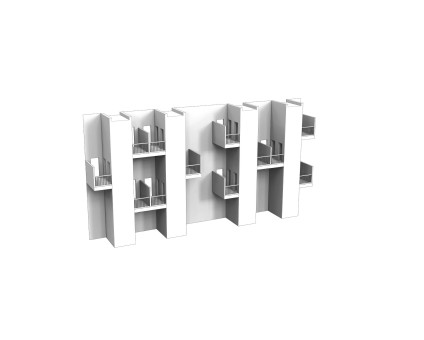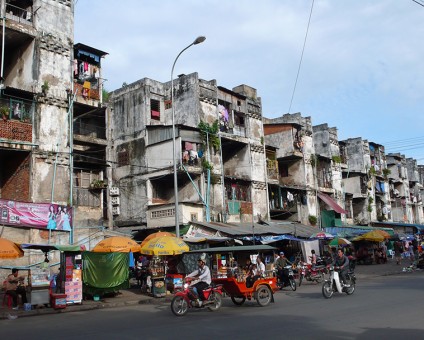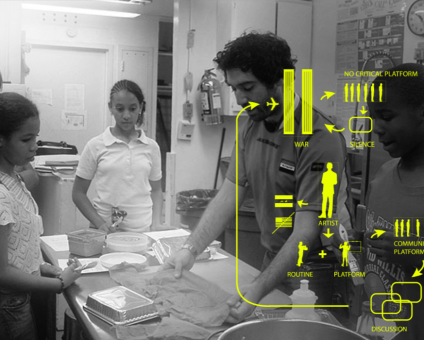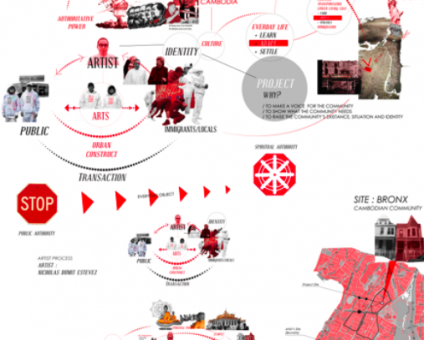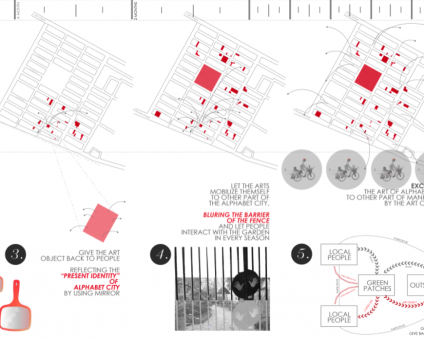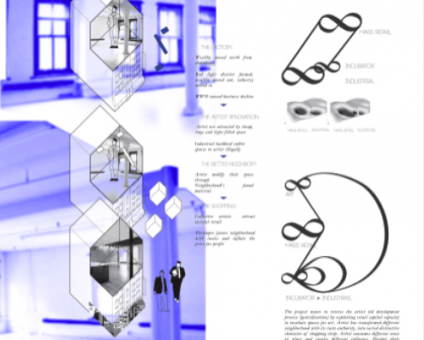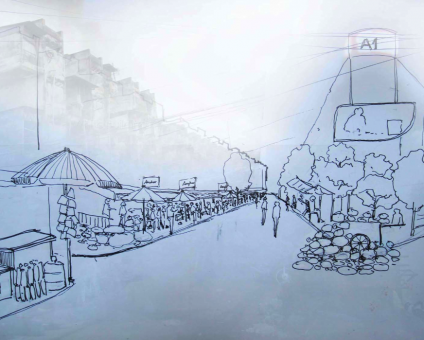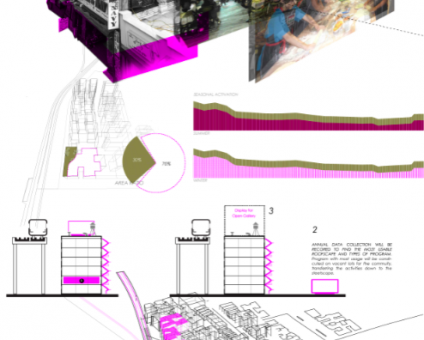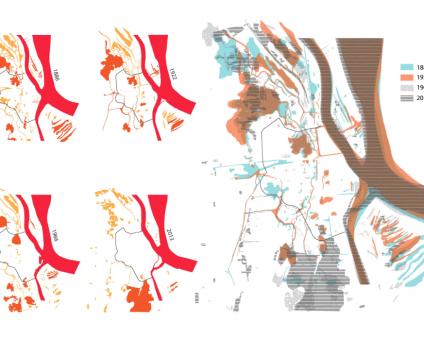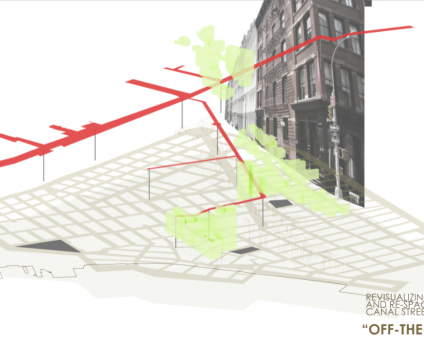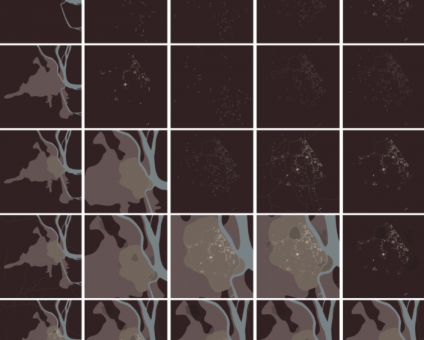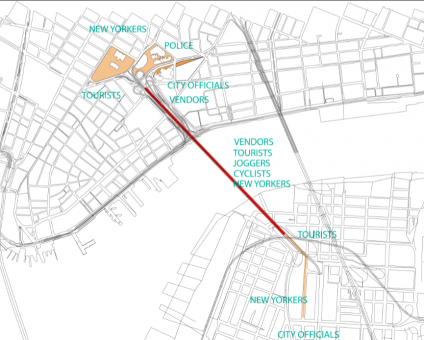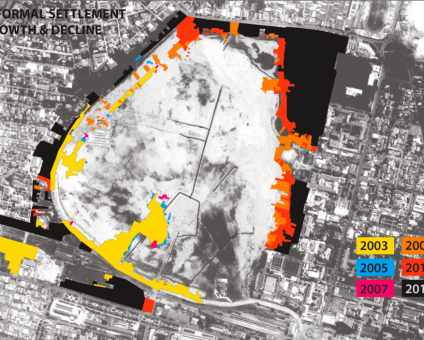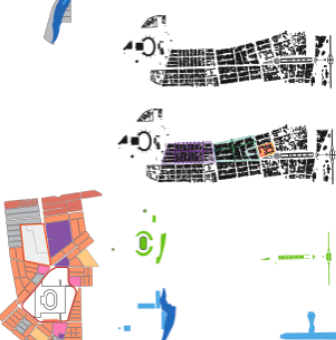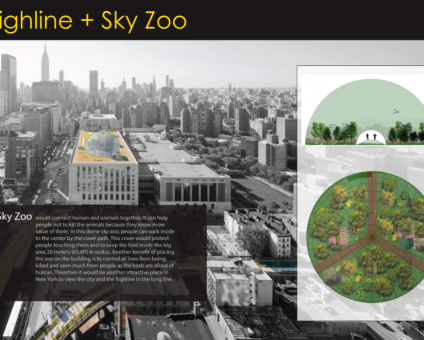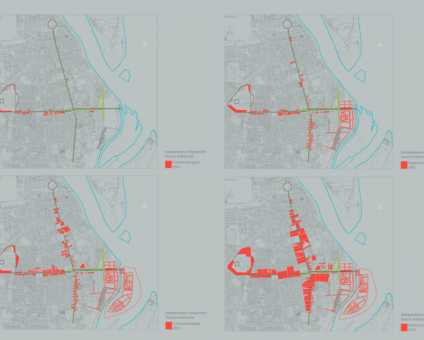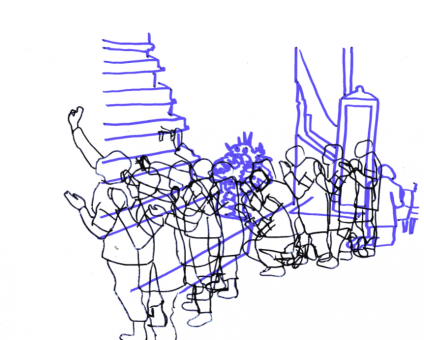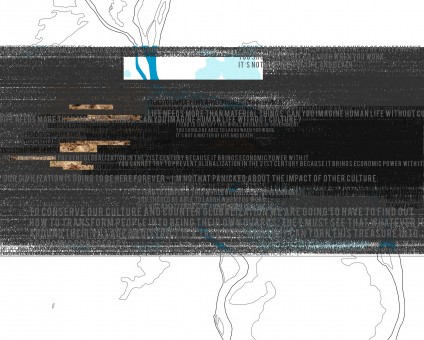Information
By Marco Rangel
:
Using urban design as a communicator and facilitator of urban processes in Phnom Penh, Cambodia, my project seeks to:
:
- Investigate a force of globalization that has emerged within the last ten years in the form of infilling lakes and wetland systems with sand for satellite cities. This has become a common macro urban practice due to the government’s desire to create new dry land for real estate.
- Formulate a design narrative via a series of drawings that convey the physical and cultural effects that this urban practice has generated, continues to affect, and has the potential to inspire with the creation of a new unit of aggregation for future urban growth.
- Incorporate lessons learned from several Cambodian contemporary artists who have commented on the rapid change in their city through themes in their artwork.
:
The highly controversial filling of Boeung Kak lake makes it a strong candidate for staging the ideas set forth in my project due to the fact that it is “ready” for development, yet is actually experiencing a moment of delay. This liminal, or transitional, state of existence allows for my project to be strategically inserted within this space in time. While the forthcoming urbanism of this unstructured space is new, its mode of organization will likely not be. This mode of organization in `typically comes in the form of mega-block development. The primary design objective in my project is to establish a mode of organization known as urban aggregation. What distinguishes aggregation from a master plan is that the object of design is not a comprehensive plan but the single aggregate unit from which an overall plan emerges. It is the repetitive aggregation of similar pieces that constructs a tentative whole in which I believe the set of spatial criteria that make up these pieces can inform future development that would need to accommodate accordingly.
:
In order to construct the set of criteria for a unit of aggregation for Boeung Kak, I used the contemporary artwork as a new form of lens in understanding the city and its development. This analysis inspired suggestions for shaping the site’s future in a way that wouldn’t drastically compromise some of the most vital micro urban practices and conditions in Cambodian culture that prevailed on the site prior to the infilling. The examined contemporary art practice engages with concepts of mediation, change, and continuity. The work offers new interpretations of history, longstanding cultural practices, and contentious current affairs. The performative nature of the artwork itself inspired the process of counter-form, which served as the approach to a designed unit of aggregation.
:
By removing sand from parts of the existing site to bring back room for water, the displaced sand would be formed into four sand landforms that each have a different character, inspired by iconic structures in Phnom Penh such as Wat Phnom (the city’s historic and holy hill said to be where the city originated), the National Stadium (a thriving public space for recreation), and the Central Market (a structure with a subterranean shopping complex). These sand forms thus become the primary component for the unit of aggregation that can be replicated in other sites with a similar fate around the city. The sand hill structures become part of a spatial dialogue with the surrounding political and cultural power bodies that sit adjacent to the site, and can serve as a type of negotiation space where new activities emerge and reflect upon aspects of Cambodian culture. The eventual built urban form would need to respond to this landscape in a way that prioritizes its strong working elements. By locating a local urban form through the earthwork with sand, the importing of unsubstantial image making from the global city would be avoided, which would greatly contribute to the longevity of a thriving vernacular urban space.


